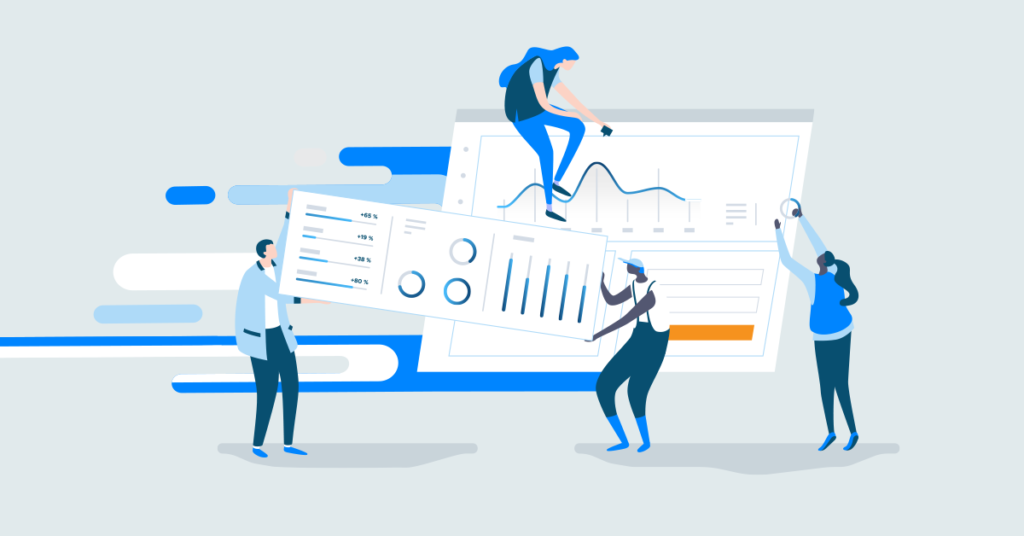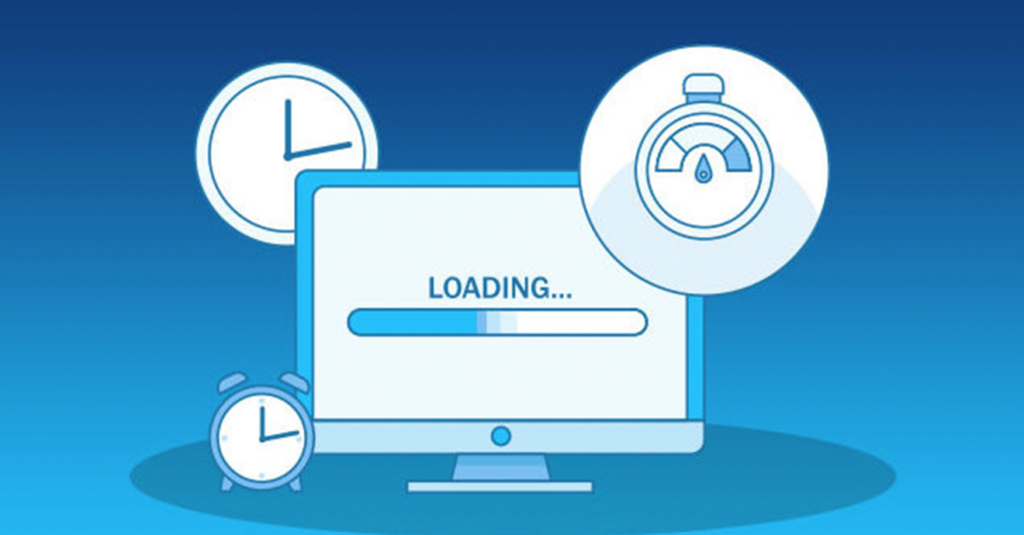
Tips for Optimizing Your Website’s Loading Speed
By Udit Agarwal

In the ever-evolving world of digitization, businesses all over the globe are also focused on improving their website ability and agility to achieve business prospects. Differentiated websites are used every day for a variety of purposes. Unfortunately, many of these websites aren’t user-friendly.
A poorly optimized website can suffer from slow loading times, user incompatibilities, and other issues that make it non-user-friendly. These issues can lead to decreased conversions and worsened site performance over time.
Loading time refers to the total time taken to present your website. A website that loads slowly tends to lose visitors and conversions, increasing its bounce rate. Improving website performance from an SEO perspective helps achieve new benchmarks in customer acquisition.
Tips for Optimizing Your Website’s Loading Speed
Optimize Your Image Sizes
Quality images may slow down your website due to their size, despite being aesthetically pleasing. However, removing them from the website is not considered the right choice. For an e-commerce store, high-quality images establish trust among online shoppers.
Minimize Your Time to First Byte (TTFB)
Time to First Byte (TTFB) is the time it takes for the browser to receive the first byte of information from the server, measured in milliseconds. The time includes all processes from DNS lookup to establishing a connection via TCP and SSL if HTTPS is active.
TTFB evaluates website response time to user requests. If TTFB is between 300-500ms, the website is fine, and a few tweaks can reduce it to around 200ms.

Fix Multiple Redirects and Broken Links
Too many redirects generate additional HTTP traffic that obstructs the main thread from responding to user requests, impeding the execution of new ones.
Each of these redirects is considered an HTTP request to the server. More redirects lead to more requests that eventually reduce the speed of the page.
In case of broken links, the browser finds connecting the user with the requested page challenging. In most cases, this leads to a redirect loop which causes search engines not to index your website.
Reduce the Number of Plugins
Heroes have superpowers; websites have plugins. Plugins can add functionality to both the front and back end of your website, but there are limits to what they can do.
Every website requires processing power from the server for effective running. Installing additional plugins increases the amount of processing power required. If multiple plugins compete for the same processing power, the server may become overwhelmed and slow down the website. You’ll feel its effect on server response time, page load time, and overall user experience. It is always good to install plugins critically to run the website.

The utilization of Content Delivery Networks (CDN)
One of the primary reasons for poor website performance is the distance between the server and the user’s location. Luckily, content delivery networks offer services that allow you to deliver your website faster to users worldwide.
Content Delivery Networks (CDNs) are networks of geographically distributed servers that work together to deliver internet content more quickly. With CDN, the system caches a copy of your website on several servers worldwide.
Choice of the Right Hosting Plan and Provider
Your hosting plan and provider lay the foundation for determining the website’s performance. Choose the most affordable or no-cost website hosting option. Consider the hosting provider and their features before choosing a plan, as there are limitations to website performance.
Minify HTML, JavaScript, and CSS files
When a website makes fewer requests to the server, the page will load faster. However, if there are multiple requests for HTML, JS, and CSS files, the server will have to process them all, which can eventually block the DOM. After getting the availability of access, the users experience a longer server response time to their requests.
Minification is an excellent way to remove unnecessary code from a website, including critical features. You can use a tool like Minify to remove whitespace and comments and shorten code without affecting its output.

Use Prefetching, Pre-rendering, and Pre-loading Techniques
These techniques grant permissions to the browsers to execute actions before a user initiates them. Usually, a website sends hints or signals to the browser to pre-render, preload, or prefetch a response for an anticipated request.
Cache Your Website
Caching your website improves load time, whether using a CDN or manual pre-rendering. Most caching methods fetch content from the server upon user request. While this process can be time-consuming, server-side caching is the default way to serve content to users.
Enable GZIP Compression
To improve page load time, keep your website concise. Aim to keep page size under 5MB by compressing images, scripts, videos, and other assets using GZIP.
Using GZIP reduces the size of HTTP requests before they reach the server, saving bandwidth and reducing server response time by up to 70%.